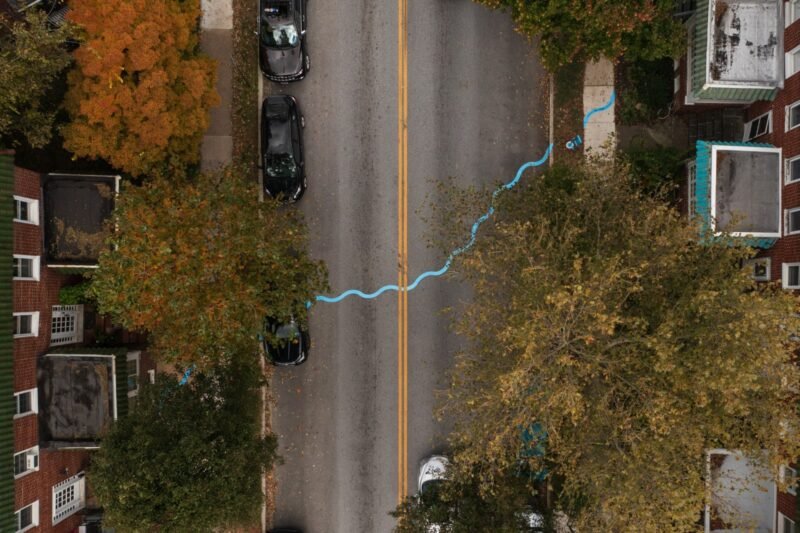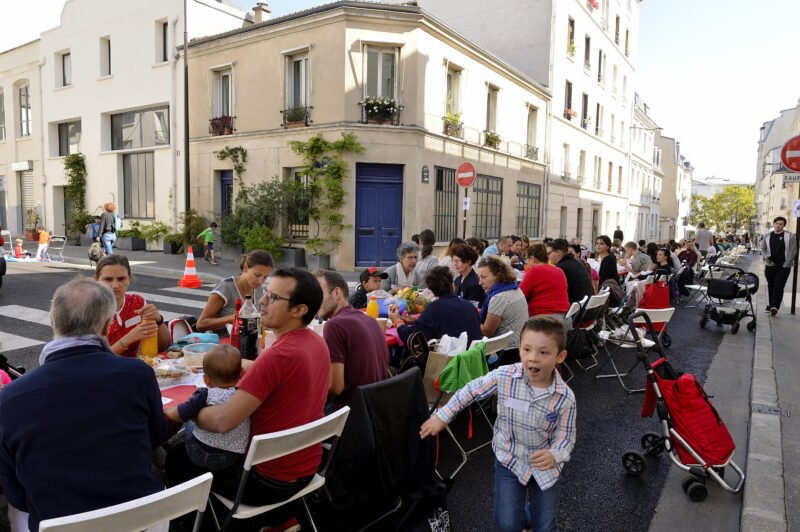Staircase Urbanism
Upon recently completing a competition entry for a new public space in Toronto, where my studio (Department of Unusual Certainties) proposed a giant staircase to nowhere, it was quickly pointed out to me by friends and colleagues, how it reminded them of other staircase projects that have gained popular attention in the last few years, the plunging Highline amphitheatre and the bleachers in Times Square to name a couple.
Forced to reflect on our project compared to the others, searching for self-assurance that our project wasn’t a cheap derivative spawned by our subconscious minds, I started speculating on the significance of this recent fixation on urban staircases.


Staircases as urban monuments really came into their own during the Renaissance where they were used to great effect in framing building entrances and public spaces and creating a dramatic processional experience. Sigfried Giedion points to the significance of certain staircase and ramp projects, such as Michaelangelo’s Piazza del Campidoglio in Rome, and draws the link between the innovation of two-point perspective and the mastery of three-dimensional thinking in city planning.

Since then the urban staircase has been successfully used over and over again for monumental buildings and processional spaces around the world — the stairs of the Metropolitan Museum of Art in New York City, the Spanish Steps in Rome, the stairs in front of the Sacré-Coeur linking Montmarte to the rest of Paris and so on and so on. But the original function and effect is being eclipsed by another function — providing a space to enjoy the spectacle of the street. The more memorable experience of visiting the Met today, is not the moment of ascending the stairs and entering the building, but the moment afterwards when one sits on the steps to relax, enjoy the activity on Fifth Avenue, and contemplate the art that was just experienced inside. It is not much of a stretch to draw parallels of an increasing desire to sit back and watch the spectacle of the street to the increasingly consumerist society in which we live.

So it shouldn’t come as much of a surprise that is in New York City, where stoop culture and consumer culture collide, that we see two significant new staircase projects, that do away with the concepts of processional space and framed monumentality, and devote themselves completely to the consumption of the spectacle of the street. The High Line cleverly comes to an end by plunging below its surface, opening up a view of the street below as if to bookend a long stroll by some contemplation of the traffic below. In Times Square, the newly constructed discount theatre ticket booth (TKTS) was ingeniously topped with 27 ruby-red structural glass steps, giving tourists, for the first time ever a place to sit in the glorified traffic island, and take in the quintessential spectacle of the intersection.


But staircases and slopes are not limited to New York City. Europeans have been experimenting with integrating slopes and stairs into the building envelope for the past few years as well. Mecanoo’s library at TU Delft famously involves a gently sloped green lawn which doubles as the building’s roof, designed to let students sit and rest on the slope and look over the campus. Snohetta’s prize-winning Oslo Opera House is similarly open with a marble-clad roofscape being dubbed ‘the carpet’ which seamlessly connects to the street and was designed to emphasize the openness and publicness of the building. BIG and its predecessor PLOT have frequently set out to incorporate usable steps into their building envelopes — the Stavenger Concert Hall and the recently completed 8-House being a couple such projects. In these buildings, one can read an effort to break down barriers between public and private, a pre-occupation in Europe as evinced by the most recent Rotterdam Biennale’s theme of Open City.



Coming back to Toronto, it is not surprising that our staircase was not the only staircase proposal for the John Street Ideas Competition. A smaller proposal called King Street Staircase was placed as a finalist. Another small and humble staircase project was also just realized as a part of a project ominously title the Dufferin Jog Elimination Project. Still, the city has yet to acquire a monumental staircase project.



